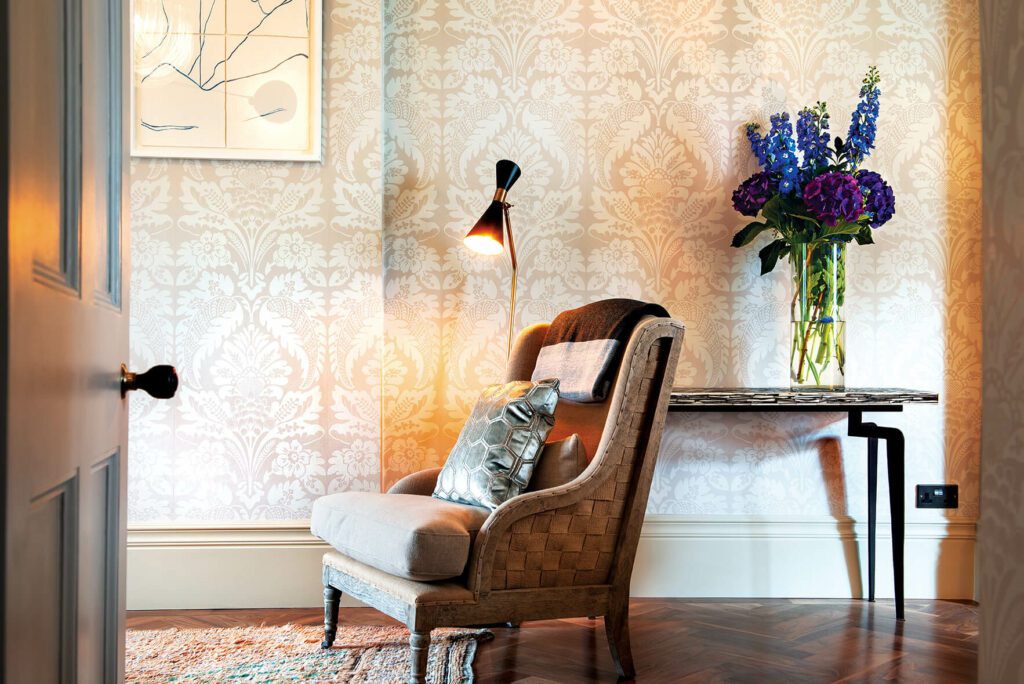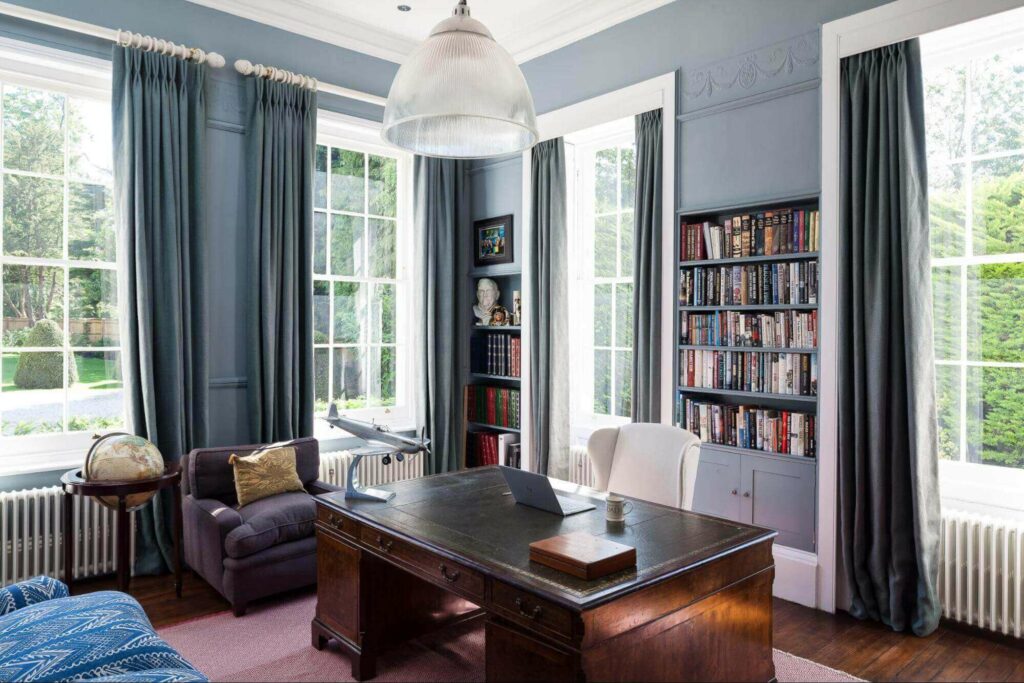Misha Zala
Smart home technology enhances the way we live our lives, creating an integrated ecosystem that helps us get the best out of our homes. Intelligently designed for efficiency with more than a dash of interior flair, home automation can have a positive impact on your wellbeing, security and the environment.
That being said, there’s definitely a lot of planning involved! Here are the things we think every homeowner should know when considering a home automation project.
1 Prioritise Your Cables
You don’t need to have everything in place when you’re starting your home automation journey. But if we had to share just one tip, it would be to get the cabling sorted from day one. Think of good cabling like the strong foundation of a house, supporting your network of connected devices. Cabling produces reliable connectivity for your permanent devices (like smart TVs and games consoles) and maximises the wireless speed for all things portable.
Not everything in your home will be a smart device – manual radiators or fridges need to be added to the Internet of Things and connected up with sensors. Cabling infrastructure mistakes can be tricky and expensive to sort out later, so optimise this from the beginning!

2 Energy Use, HVAC & Smart Lighting
Home automation isn’t just an improved living experience – it’s also a clever way to optimise your energy usage, reduce emissions and save on energy costs. Heating, ventilation and air conditioning (HVAC) helps to create the ideal air quality and reduce energy consumption at the same time. Smart lighting helps you maximise the light while considerably reducing the heat output – setting the top limit at 90% doubles the bulb life without any visible impact on brightness.
Sensors that hook up your lights, radiators and cooling systems ensure you can streamline their usage. For example, if your heating is on a timer but the weather changes and the home achieves the desired temperature, it can turn itself off, or you can adjust it remotely.
3 Automation, Control & App Overload
No one wants to feel like they’re at the mercy of a thousand apps and subscriptions, and by extension, the rising cost of managing everything you want to control in your home. That’s where home automation comes in – it removes unnecessary control where automation can replace it.
The system works together without you having to worry about individual components, reducing time spent controlling them. Ideally, automation will also save you money on subscriptions to all the different cloud services you would otherwise need.
4 Automate Your Safety & Security
Another key benefit of automating your home is increased security – when you’re away, you can create the illusion of being at home. Blinds and curtains can be programmed to mirror your daily rhythm, and this system can be connected up with a burglar alarm and lights.
In case there’s a fire, intuitive systems can automatically raise the blinds, illuminate escape pathways and even pause the film in your soundproofed cinema room so you can react accordingly. It’ll give you peace of mind and ensure you’re always in control of your home.
5 Don’t Rely On Wireless Technology For System Interoperability
To wire or not to wire? While wireless technology is easier to set up and more budget-friendly, depending on it isn’t ideal in the long run. If you go for a wired system, you can add wireless devices in the future, but it’s not possible to do the reverse. Plus, cabling won’t compete with the bandwidth of wireless devices.
Fully wireless home automation could be susceptible to coverage issues, meaning ‘dark spots’ around the house where the system doesn’t work. It could mean interference issues and unnecessary radio frequencies flying around your home. Also, in terms of digital security, wireless technology is more vulnerable to hackers.

6 Sun Position & Blind Control Automation
A clever way of automating your blinds is connecting them to lux (lighting) sensors that can close or tilt the blinds according to the sun’s position. It works by solar tracking and ensures that you’re shielded from direct sunlight. You’ll save time compared to adjusting blinds manually and optimise the temperature in the summer – an added benefit is protecting your beloved furniture from sunlight damage and bleaching. And in the cooler months, you’ll beat the winter blues by maximising the natural light.
7 Don’t Sleep On Wellness Tech
Smart home technology and wellness are becoming increasingly intertwined – after all, we automate our homes to improve our lives. So, it’s no surprise that people are using wellness tech to help them fall asleep at a comfortable temperature, programming fridges to reorder healthy food and installing smart colour changing bulbs that follow our natural circadian rhythms.
These clever bulbs change from warm to white light, helping us to wake up feeling refreshed, boost productivity in the day and unwind in the evening. It’s been suggested that smart wellness is the new fintech – it’s definitely a fascinating trend to observe!

8 Technology & Classical Design Coexist
While smart home technology is often associated with futuristic, minimal homes (we’ve got sci-fi movies to thank for that one!), that doesn’t mean you have to opt for that aesthetic. While the project may require initial rewiring and some careful planning, home automation can certainly be worked into classical interiors with traditional light switches or period housing without disrupting the charm of the original design features.
9 Streamline Tender & Technology
When carrying out the design and build of your home automation system, the tender process involves selecting contractors based on the project’s design intent. Now more than ever, technology needs to be included within the design so the contractors can quote accurately on the systems to be automated. Getting this in place early on can save headaches (and additional costs) further along in the process.
10 Be Realistic About Time Frames
Logistics and supply chain difficulties mean materials, like digital chips, are taking longer to procure. That means that timescales are longer than they were pre-pandemic – and there are worldwide labour shortages. Being realistic about how long your home automation process will take, as well as choosing a reliable team of experts to carry out the work, will minimise surprises along the way.
If you’re curious about automating your home, at Equippd we use a design-led approach to create stylish, intelligent homes. We’ve got partnerships with the very best in residential design – to discuss home automation contact us here. Or, fill out our short ‘Smart Your Home’ survey to tell us about your ideas.